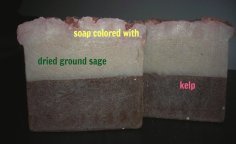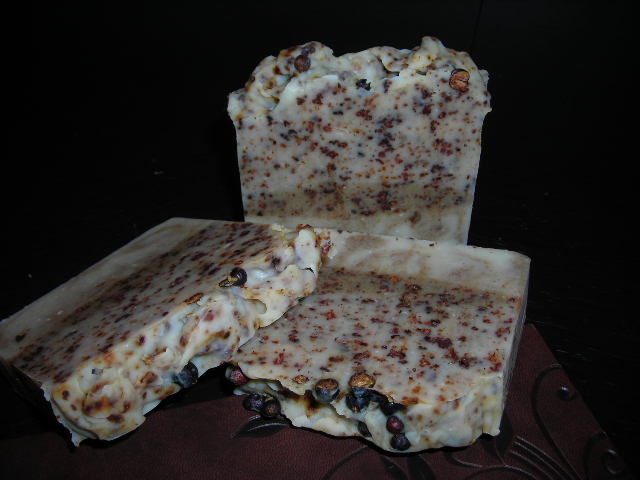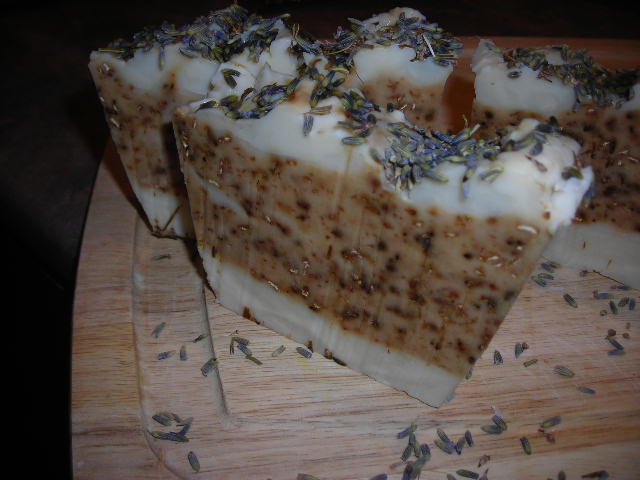There are many methods to making herbal soap. When you make your own soap ― it only seems natural to use herbs to benefit from their therapeutic qualities.
Herbs were used long before pharmaceuticals to soothe and heal bodies. Many herbs are known for the positive effects on skin and we cannot forget that scents can bring on a sense of relaxation and calm.
Incorporating herbs in your soap is simple and can be done in so many ways.
Scenting your soaps with essential oils
The most popular way to make herbal soap is adding essential oils from various herbs. Essential oils are aromatic liquids from extracted from vegetation such as flowers, trees, bushes and roots. Essential oils can be used topically, inhaled and certain therapeutic grade oils can be ingested.
Essential oils are the natural way to scent your soap. Essential oils should be purchased from reputable suppliers to ensure the quality of the products you are adding to soaps. Scenting with essential oils is how to make herbal soap using any of the soapmaking methods.

Coloring your soap with herbs
Herbs can be used to colour your soap as well. Adding sage, basil and kelp (sort of like an herb) will transform the colour of your soap to different shades of green. Colourants should be adding at trace. I take about half a cup of soap mixture and mix the herbs, once it is consistent I add to the larger batch. You can also colour soap by replacing the water with strong steeped herbal tea and infusing the oils.

Infusing the soap oils with herbs
This is a great way to benefit from the therapeutic qualities and add some light colour. Calendula, chamomile and lavender flowers can be infused into your oils. All these herbs have skin calming effects and your soapmaking oils can be infused with these herbs first. When your herb harvest has been fruitful this is a great way to make good use of the extra bounty.
Adding appeal with herbs
As you learn more about making herbal soap, you will notice that sometimes it can simply be about making the soap prettier. Herbs and flowers can be added to the top of soaps for a dramatic effect.
I have experimented with cold process soaps after having some soap with really ugly brown flowers in them or on them. I usually wait after my soap has cured to add flowers, especiallyroses and lavender or herbs to the tops. Once the soaps are cured, I simply wet the tops and stick the flowers to the tops. If you are using the melt and pour method there are no issues with adding dried flowers of herbs. Certain herbs adding some nice texture to soap dried sage or mint can be fun and attractive.
Exfoliating with herbs
Herbs, flowers and seeds can add the scrub effect when adding to your soap.

juniper berries add some scrubbing effect, smell wonderful and decorate

lavender added to the top of cold process soap after the bars have cured
Herbs and botanicals are a value added to the soapmaking experience, be creative and have fun.